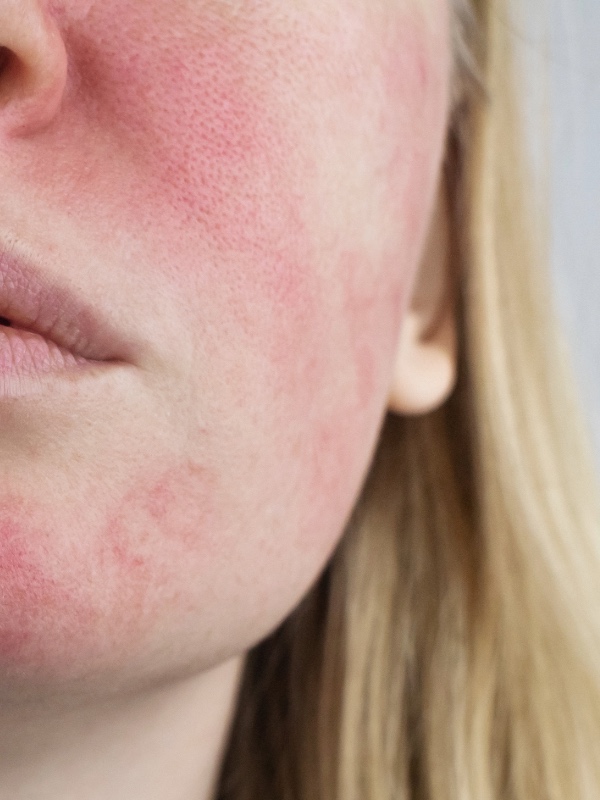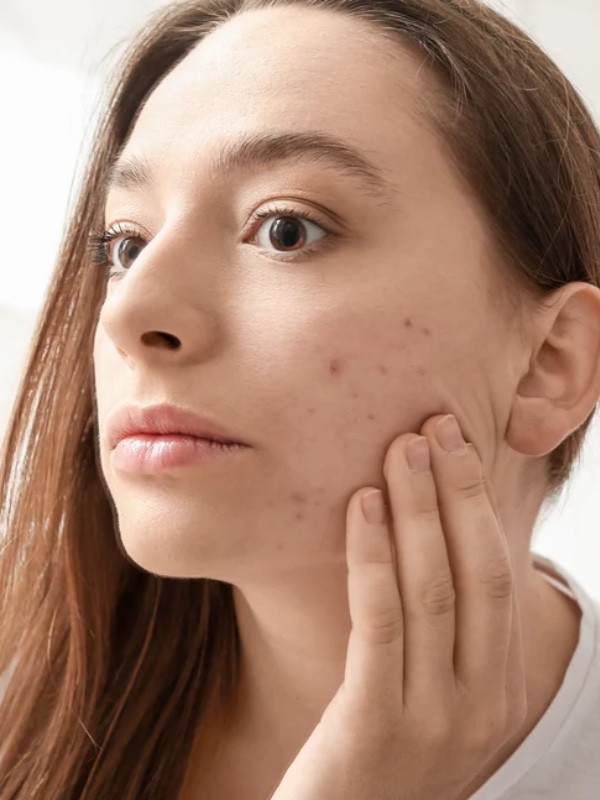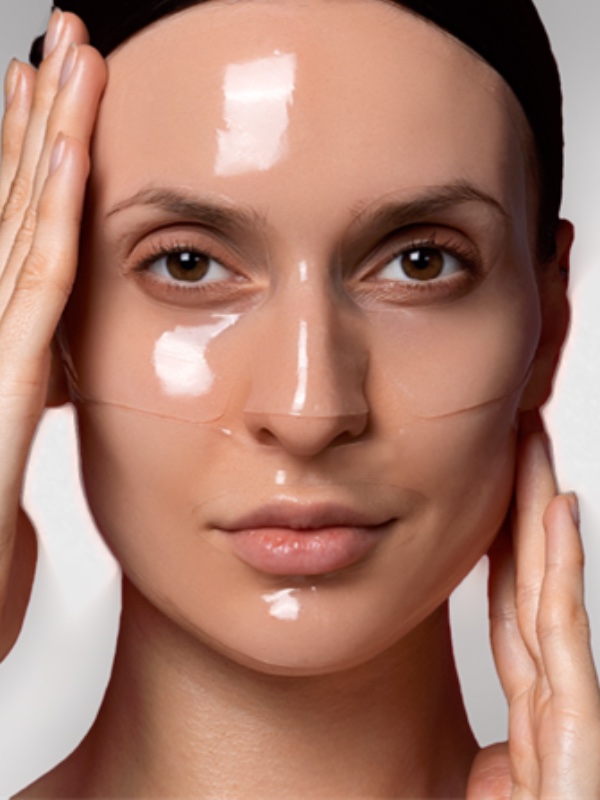Check my skin-type
Find out if you really have sensitive skin with our 2 minutes Skin-Quiz.
Check my skin type now!
What Is Sensitive Skin?
At Skinportant, we refer to “sensitive skin” as sensitised skin — because true sensitive skin is very rare.
Sensitised skin occurs when the skin’s natural barrier becomes weakened or damaged, making it more reactive than it should be. This can happen to anyone, at any age, and is usually caused by factors such as over-exfoliation, harsh products, UV damage, pollution, stress, or lifestyle habits.
When your skin is sensitised, it overreacts to things that wouldn’t normally cause irritation — products, weather changes, or even touch.
How to Know If You Have Sensitised Skin
You might recognise some of these signs:
- Redness that comes and goes, especially on the cheeks or nose.
- Burning, stinging, or itching when applying even mild products.
- Visible tiny blood vessels or flushing after heat, alcohol, or spicy food.
- Frequent flare-ups or rashes with no clear cause.
- A tight, uncomfortable feeling in response to weather changes.
Makeup can be tricky — foundation may sting or feel heavy, and fragranced products often trigger flare-ups. Without makeup, the skin can look flushed, patchy, or slightly inflamed.
Why Skin Becomes Sensitised
Several factors can weaken your skin barrier:
- Barrier damage: Over-cleansing, over-exfoliation, or using strong, stripping products.
- Environment: Pollution, wind, cold, and UV exposure all worsen sensitivity.
- Lifestyle: Stress, poor diet, alcohol, and lack of sleep can all increase flare-ups.
The Right Way to Cleanse Sensitised Skin
Gentle cleansing is key to recovery.
Morning:
Rinse with lukewarm water or use a mild cleanser such as Soft Cleansing Mousse.
Evening:
Remove makeup and SPF with a cream or oil cleanser that won’t strip your barrier.
Avoid hot water or rough cloths — they can trigger redness and discomfort.
The Everyday Routine
Daytime
Night-time
Exfoliation by Age
Sensitised skin doesn’t cope well with frequent exfoliation, but gentle support can help renew the skin:
- 30–45 years: Once every 10 days, using an enzyme exfoliant.
- 45–60 years: Once every 2 weeks, with very mild enzymes or PHAs.
- 60–75 years: Rarely, and only if well tolerated — focus on hydration and repair instead.
Avoid harsh scrubs and strong acids — they only make sensitivity worse.
Myths About Sensitive Skin
- “It’s all in your head.” Sensitised skin is real and measurable, linked to a weakened barrier and inflammation.
- “You can’t use actives.” You can — but introduce them slowly, at low concentrations, with barrier support.
- “Natural means safe.” Essential oils and botanicals can be major triggers. Always patch test.
Lifestyle Tips for Sensitised Skin
- Avoid hot showers and sudden temperature changes.
- Protect skin from wind and sun with scarves, hats, and SPF.
- Manage stress — flare-ups often follow stressful periods.
- Patch test all new products before applying them to your face.
Final Word
Living with sensitised skin can be challenging, but with the right care, your skin can look calm, even, and comfortable.
The goal isn’t to over-treat — it’s to restore and protect your barrier.
Keep it gentle. Keep it simple. Let your skin recover its natural balance.



